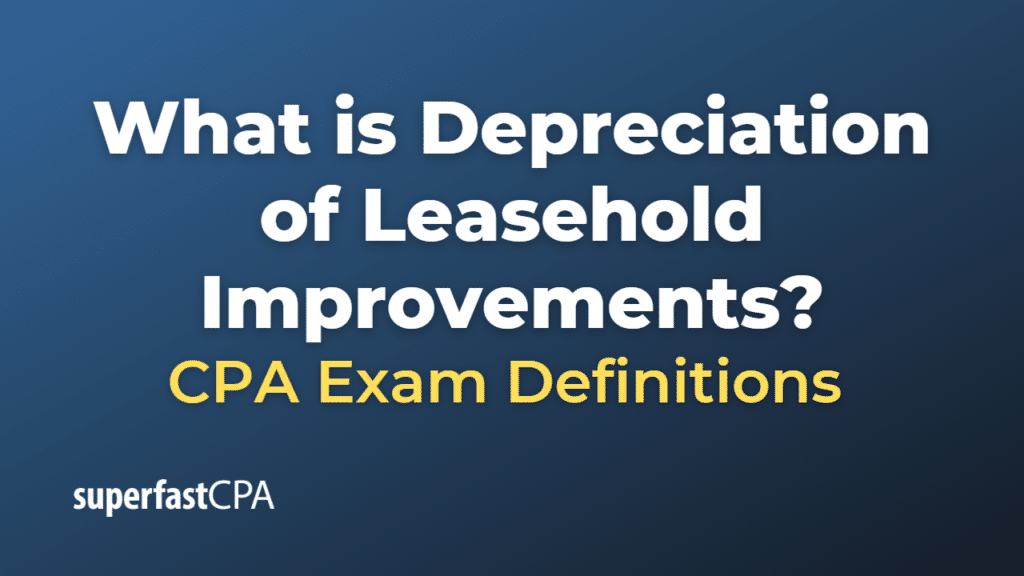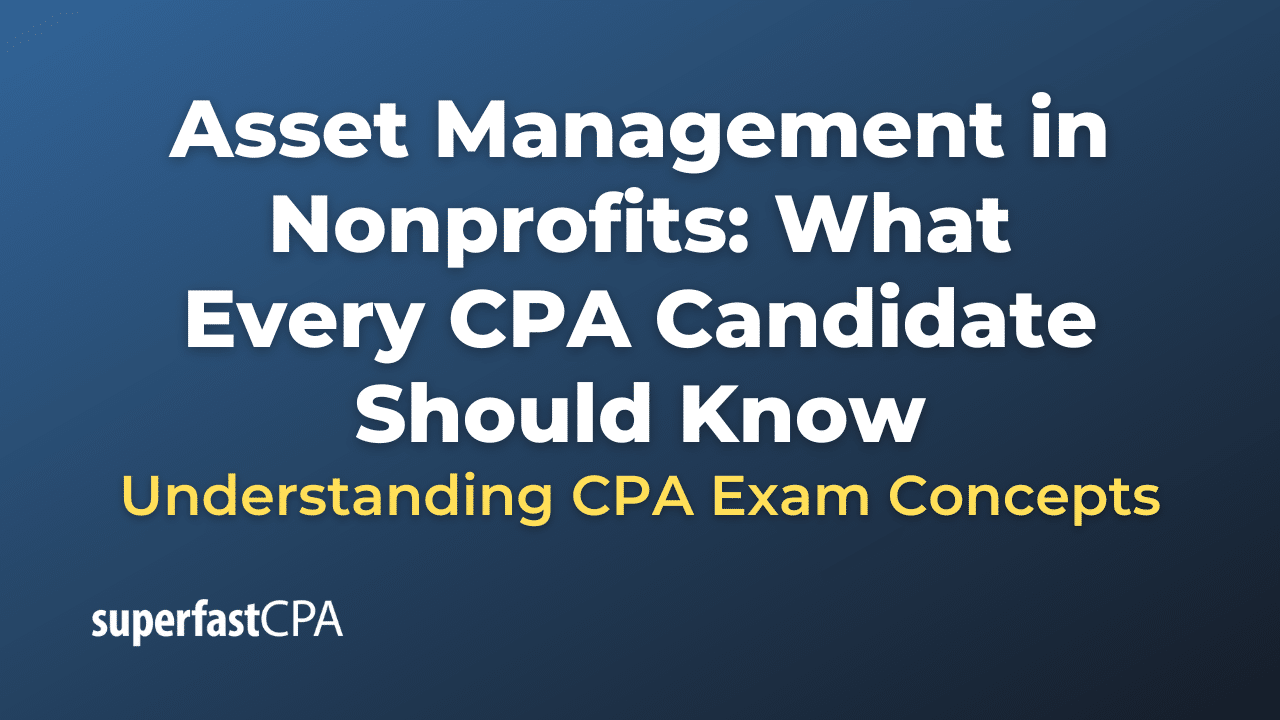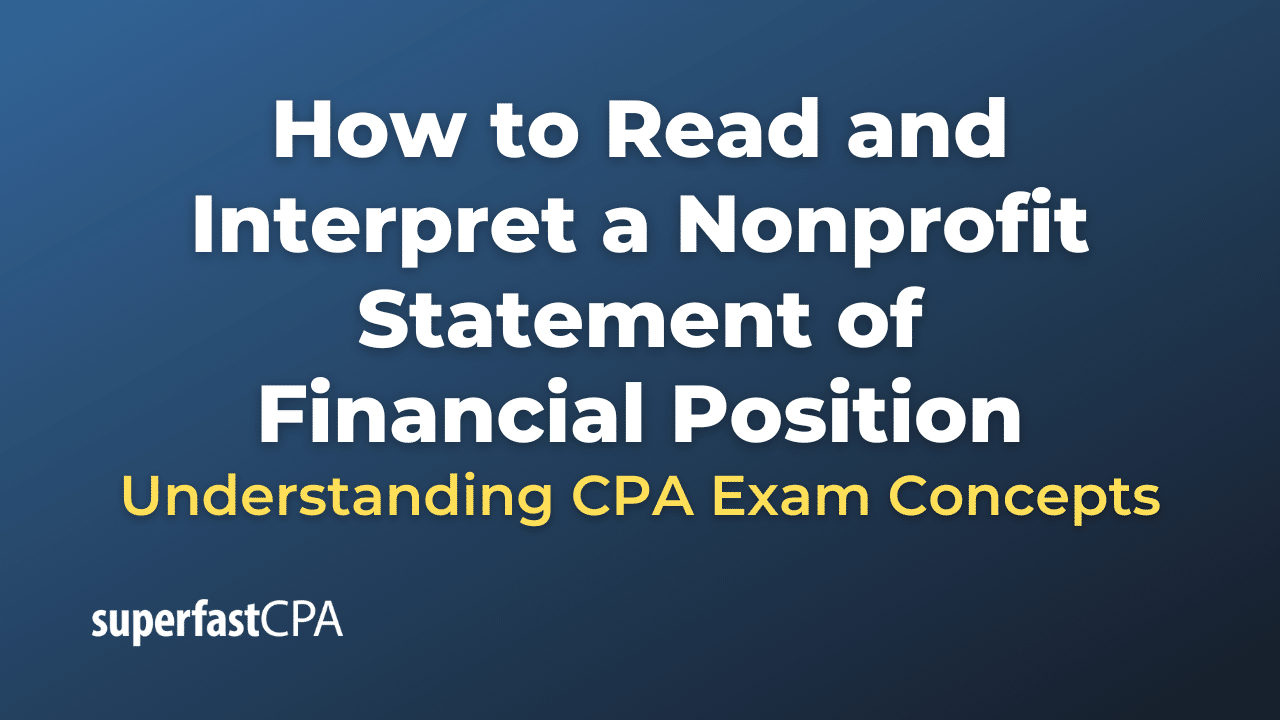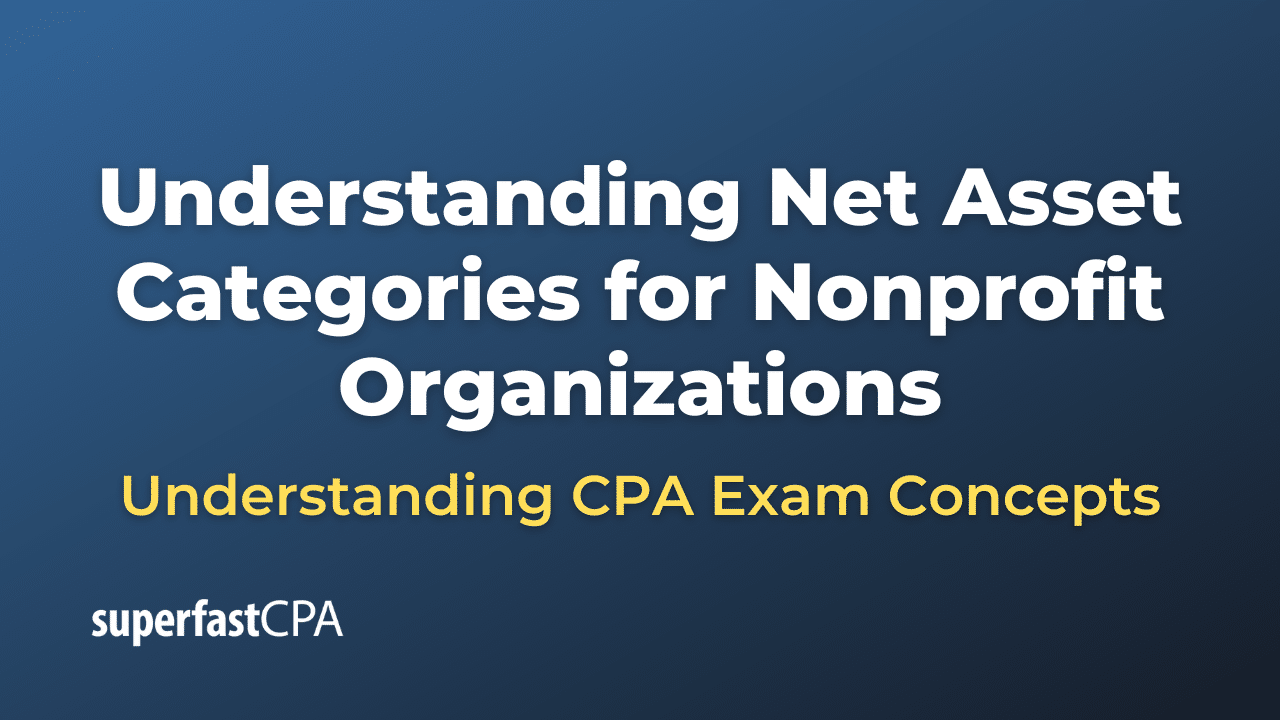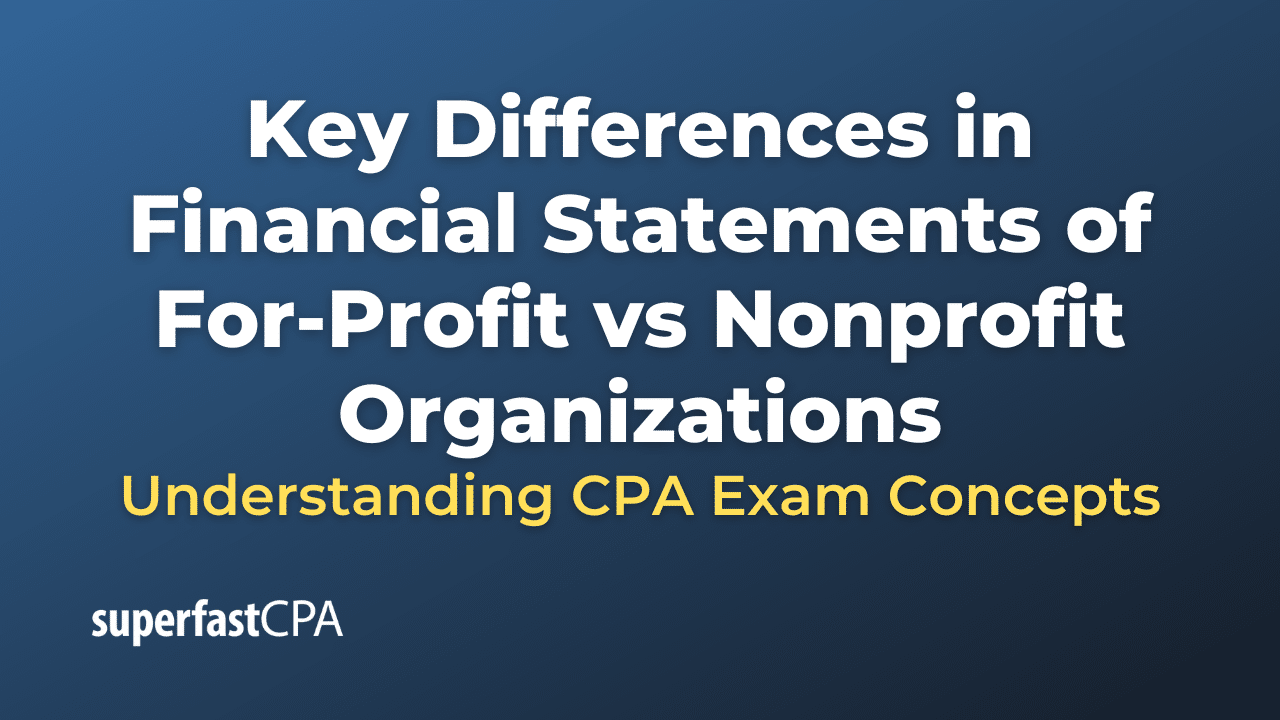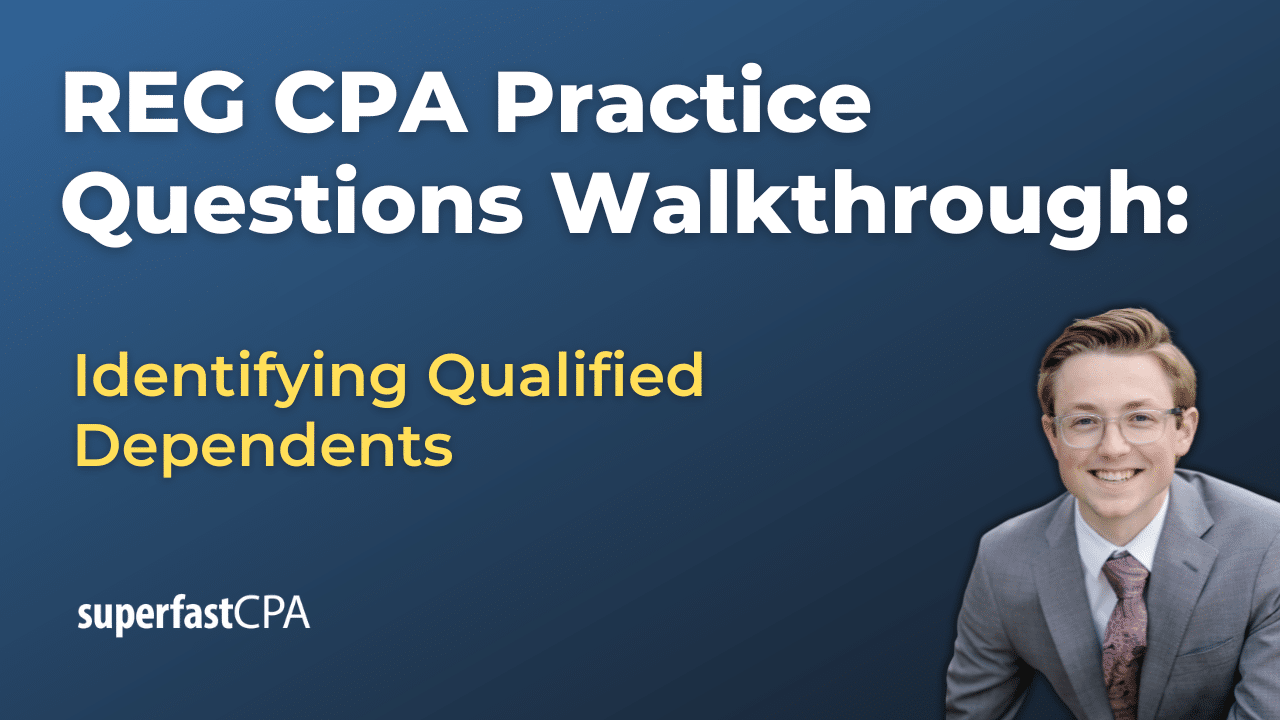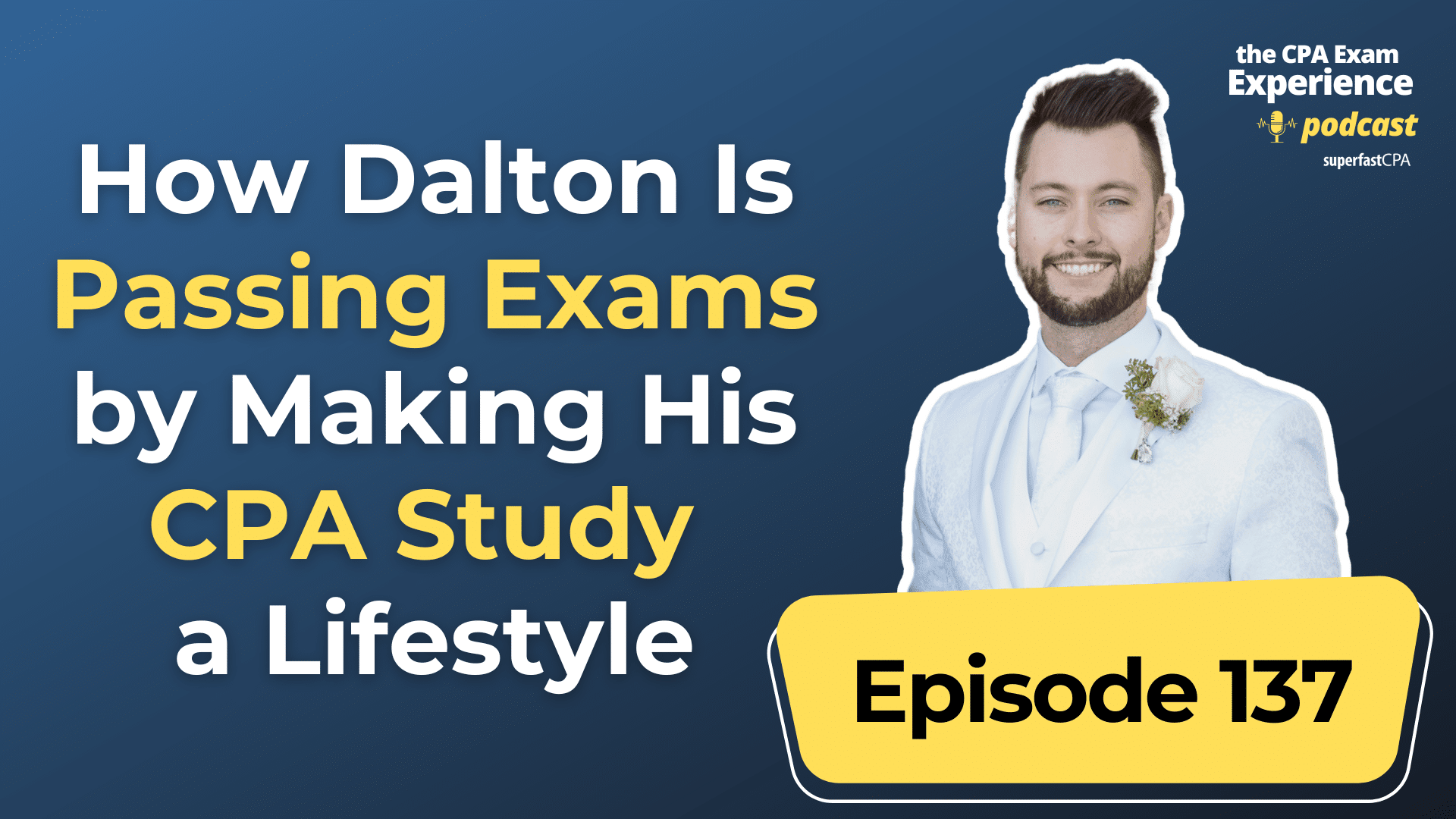Depreciation of Leasehold Improvements
Depreciation of leasehold improvements refers to the spreading of the cost of improvements made by a lessee (the tenant) to leased property over the useful life of the improvements or the lease term, whichever is shorter.
Leasehold improvements can include changes such as installing new floors, building walls, adding fixtures, or other enhancements to the leased property. The cost of these improvements is typically capitalized (recorded as an asset on the balance sheet) and then depreciated over time.
The key difference between depreciation of leasehold improvements and depreciation of other fixed assets is the determination of the useful life. According to U.S. GAAP, if a leasehold improvement’s useful life is longer than the term of the lease, the depreciation should still be taken over the shorter lease term, unless there is assurance that the lease will be renewed.
However, if the useful life of the improvement is shorter than the lease term, the depreciation is spread over the shorter useful life.
For example, if a company has a 10-year lease on a building and spends $100,000 on leasehold improvements that have a useful life of 15 years, the company would still depreciate the improvements over 10 years (the term of the lease), not 15 years (the life of the improvements). Conversely, if the improvements only had a useful life of 5 years, the company would depreciate the improvements over 5 years.
This approach ensures that the cost of the improvements is matched with the benefits the lessee receives from the improvements, in accordance with the matching principle in accounting.
Example of Depreciation of Leasehold Improvements
Let’s consider an example where a company makes leasehold improvements:
Suppose a retail company signs a lease for a 10-year term on a space in a shopping mall. The company spends $500,000 on improvements to the leased space, including new flooring, fixtures, lighting, and a custom layout. The improvements are expected to have a useful life of 15 years.
However, since the term of the lease is 10 years, and this is shorter than the useful life of the improvements, the company will need to depreciate the improvements over the 10-year lease term.
Using the straight-line method of depreciation (which distributes the cost evenly over the useful life), the annual depreciation expense for the leasehold improvements would be:
Depreciation Expense = Total Improvement Cost / Lease Term
Depreciation Expense = $500,000 / 10 years
Depreciation Expense = $50,000 per year
So, the company would record a depreciation expense of $50,000 each year for 10 years, which reduces its taxable income by that amount each year. This means the company is spreading the cost of the improvements over the time it expects to benefit from them.

